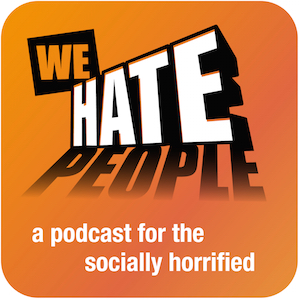 Simon and David take on death cults, Apple and Marvel Comics to name but three topics this episode.
Simon and David take on death cults, Apple and Marvel Comics to name but three topics this episode.
The Show Notes
– Tony Abbott, ISIS and free speech
– Marc Maron’s WTF podcast, Obama and Henry Winkler
– Kickstarter and Indiegogo for Greek bailout
– Apple Music and DRM – just more evil empire?
– Secret Wars update (Marvel Comics)
Don’t forget we’d love your feedback via the website, Twitter or Facebook.
Podcast: Play in new window | Download (Duration: 53:27 — 48.9MB)
Subscribe: Apple Podcasts | RSS
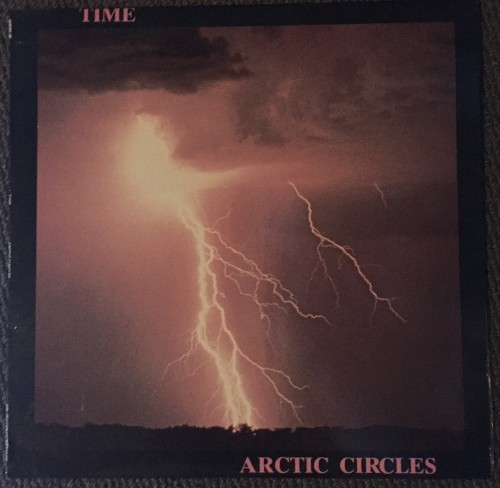


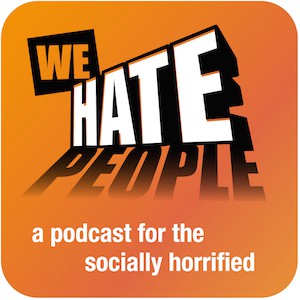
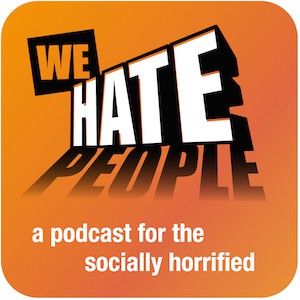

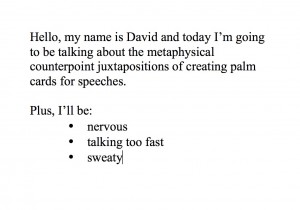

Recent Comments